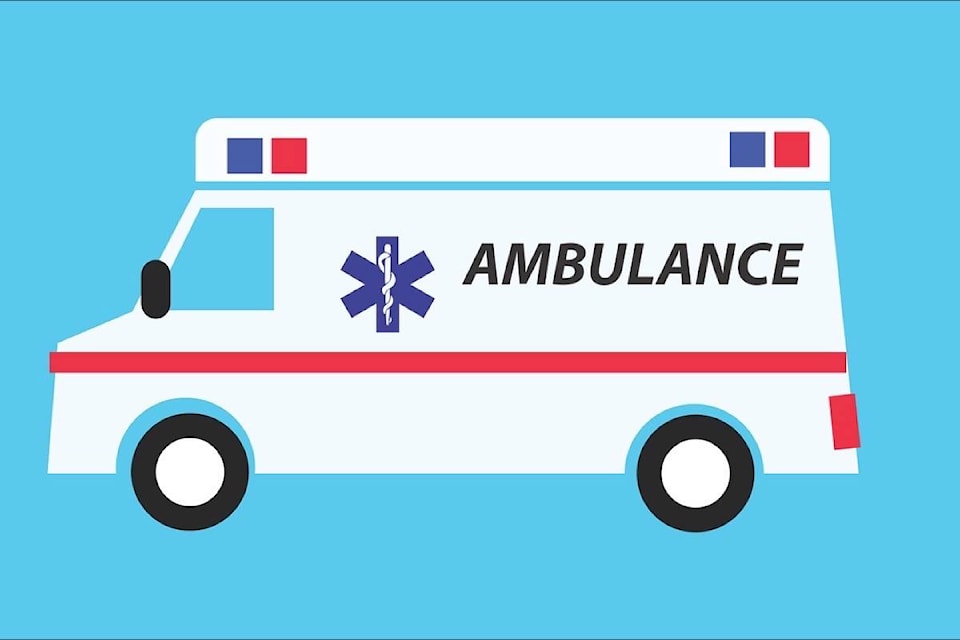Earlier this year the Health Sciences Association of Alberta (HSAA) released disturbing statistics about the state of the province’s Emergency Medical System (EMS).
They say it’s in a crisis.
Mike Parker, president of HSAA, which represents more than 25,000 health-care professionals in the province, including 3,400 paramedics, said that paramedics have been warning that front-line resources can’t keep up with the increased demand.
Alberta’s population grew by 505,293 between 2012-13 and 2016-17 to 4,475,455. During this time, the number of EMS calls in Alberta increased by a whopping 19.4 per cent, an additional 63,460 calls.
But, according to HSAA, the province only added 9.4 ambulances in that time frame, which translates into a 2.9 per cent increase. AHS says that on average there were 328.6 ambulances available each day in 2016-17.
And during this time, there has only been a 3.4 per cent increase in the number of paramedics. There was a decrease of 16 full-time paramedics from 2015-16 to 2016-17.
The budget for front-line EMS services spending previously had only increased by 10.5 per cent, from $316.7 million to $349.9 million. The inflation rate during that time was 7.7 per cent.
“Every day, Alberta’s paramedics are working in a system at breaking point, a situation made worse by the continuing opioid crisis which is threatening and claiming far too many lives,” said Parker. “Far too often across the province there are no ambulances to respond when emergency calls come in. Who’s there to respond to the 63,000 extra calls? Where are the ambulances to serve the extra half a million people? Imagine what would happen if there was a large-scale emergency.”
In the province’s 2018 budget, the NDP government increased ambulance service funding by more than $20 million. This money will go towards front-line resources such as ambulance stations, ambulances and paramedics.
In the meantime, the rural areas are still being ignored and communities like Stettler face situations where there’s no ambulance in town because they may be delayed in Red Deer, which means patients are being forced to wait for help.
Thankfully, Stettler County and the Town of Stettler have partnered with Alberta Medical First Response (MFR) Program to train local firefighters to be medical first responders. Perhaps those needing an ambulance in a life or death situation can now be assured the province’s emergency response situation will improve rather than deteriorate.
